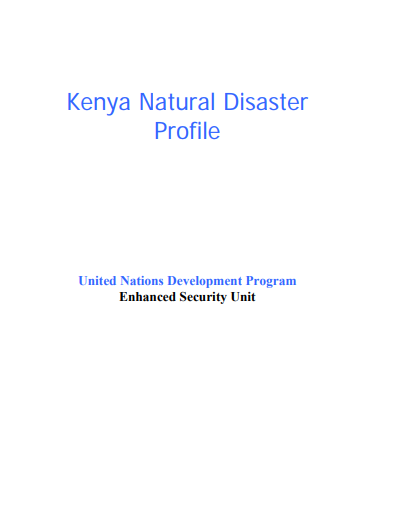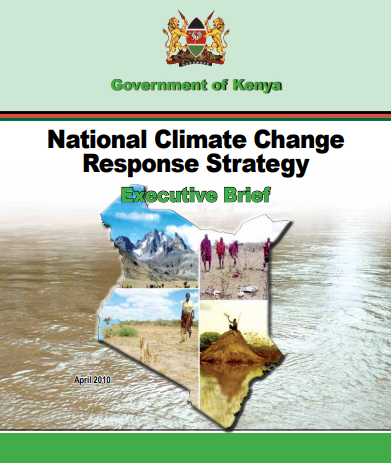Comprehensive environmental projects: linking adaptation to climate change, sustainable land use, biodiversity conservation and water management
This report presents an analysis of the synergies between environmental policies and the development of comprehensive environmental projects.







